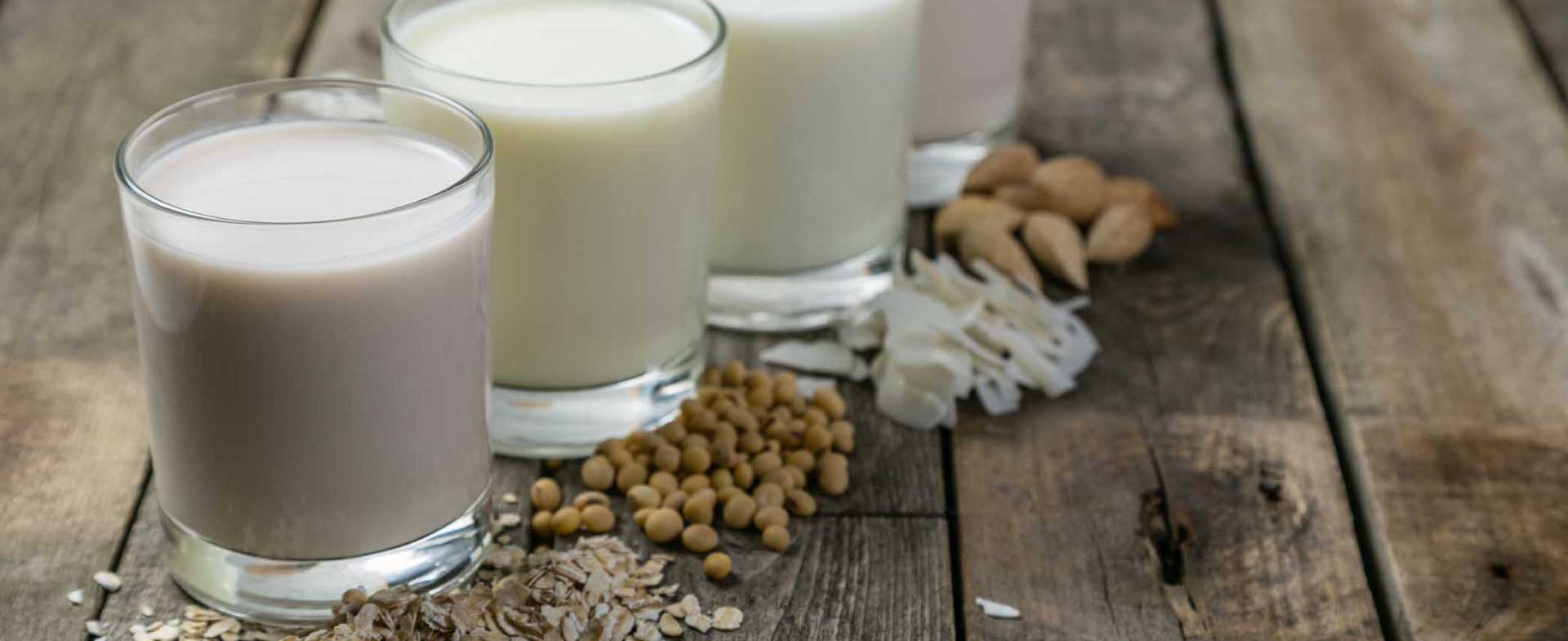The different types of milk on grocery store shelves can be overwhelming. You may have a hard time deciding which type is best for you. Cow’s milk still provides the best variety of nutrients. Plus, it contains nutrients many Americans aren’t consuming enough of, including calcium, potassium and vitamin D.
But if cow’s milk upsets your stomach - or if it is not something you enjoy - you may be searching for an alternative.
Dairy Milk
Dairy milk is one of the easiest ways to get many of the nutrients we may be lacking in our diets. You can also get the same nutrients by consuming yogurt, which has less lactose and is easier on the stomach for those who are lactose-intolerant.
Instead of only drinking it, try cooking with it. Mix it in a smoothie or make overnight oats. This way dairy milk can play a role in your overall health and diet.
Types of Dairy Milk
There are several different types of dairy/cow’s milk:
- Conventional cow’s milk: All contain the same 13 essential nutrients - the only difference is the amount of butterfat they contain. The higher the percent, the more fat. Types include:
- Whole milk (3.25 percent fat)
- Reduced-fat milk (2 percent fat, 1 percent fat, 1/2 percent fat)
- Fat-free/skim milk (0 percent fat)
- Full cream milk (more than 3.5 percent fat)
- Organic milk: From cows who are exclusively given feed that is grown without the use of unapproved pesticides or fertilizers, have not been treated with antibiotics or hormones, and have at least 30 percent of their diet from pasture.
- Raw milk: Milk that has not been pasteurized to kill harmful bacteria. It can contain harmful germs that can pose serious health risks to you and your family, up to, and including, death.
- Lactose-free milk: Milk that is passed through a filter to remove much of the lactose, then an enzyme is added that splits the lactose into two molecules for those who have difficulty digesting lactose. The nutrition content is the same as with conventional milk.
- Flavored milk: Contains the same nutrients as plain milk but has added flavor and sugar.
- Buttermilk: Fermented milk that comes in varying fat levels. You can make your own by adding lemon juice or vinegar to your conventional milk.
Plant Based Alternatives Explained
Plant-based milks have very different nutrient profiles from dairy milk. These products are made by grinding the ingredients (grain, bean, seed or nut), adding water to create the right consistency and adding vitamins, mineral and flavor. There may also be added sugar and salt.
Some types of plant-based milks have higher fat and saturated fat levels-depending on the plant they are coming from.
Rice milk, for example, is higher in carbohydrates and lower in fat and protein, than dairy milk, just like a grain of rice, while almond milk is higher in fat, just like almonds. Coconut milk is high in calories and saturated fat, just like coconuts. It also is generally low in nutrients. Coconut water would be best if you like the taste of coconut in your drinks. Soy milk fortified with Vitamin D’s nutrition profile is the closest of all the plant-based milks to cow’s milk.

Types of Plant Based Milks
- Almond milk
- Cashew milk
- Coconut milk
- Hemp milk
- Oat milk
- Pea milk
- Rice milk
- Soy milk
Managing Milk Upset
Lactose is the natural sugar in milk and is something most people can digest with no problem. However, some people don’t produce enough lactase – the enzyme the body needs to break down lactose. This may cause the consumer to experience gas, bloating and other stomach issues. The good news is, if you are lactose intolerant, there are products such as Lactaid® that supplies the lactase necessary to make digesting dairy milk easy.
There are some who have a true allergy to milk. This means your immune system attacks one or both of the proteins (casein and whey) found in dairy milk. This can cause hives, or life-threatening anaphylaxis and makes it necessary to avoid dairy products all together – including cheese, yogurt and ice cream.
Bethany Thayer, MS, RDN, is the director of the Henry Ford Center for Health Promotion and Disease Prevention. Learn more about Bethany.



